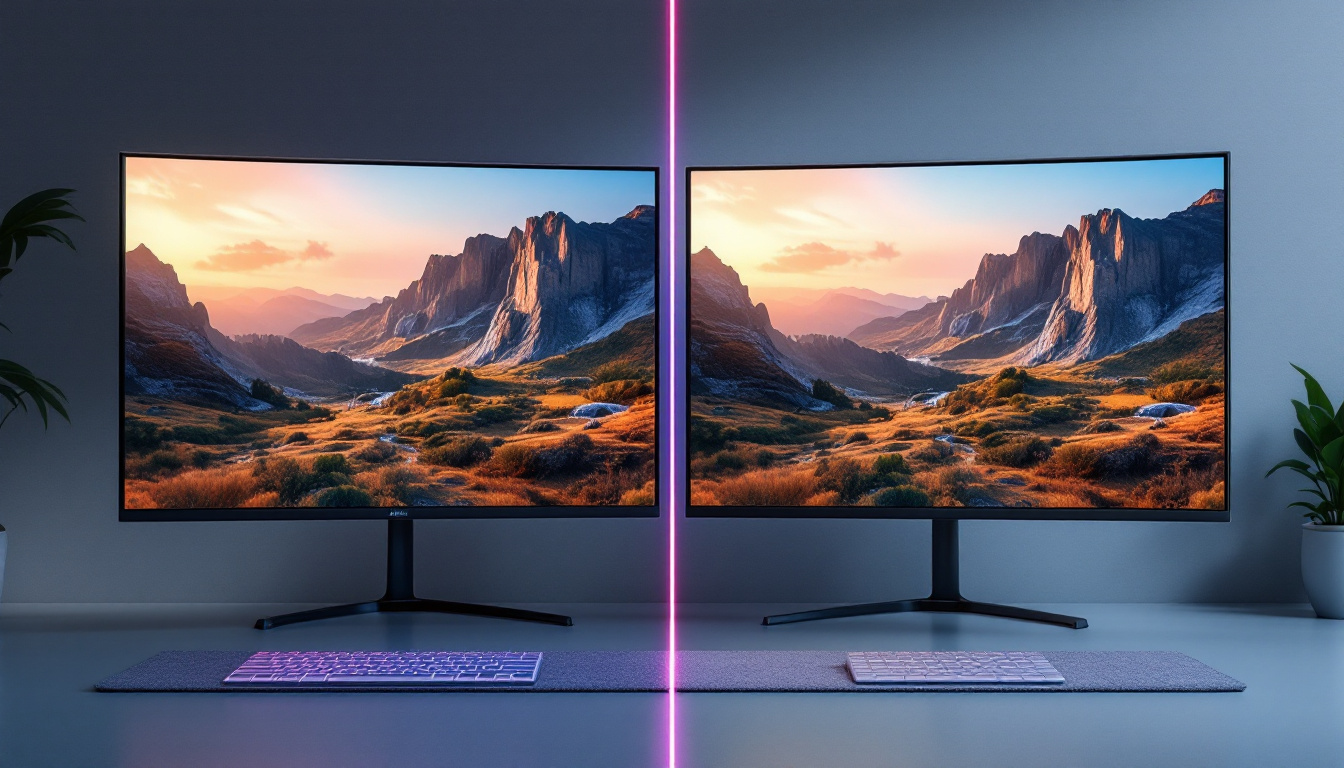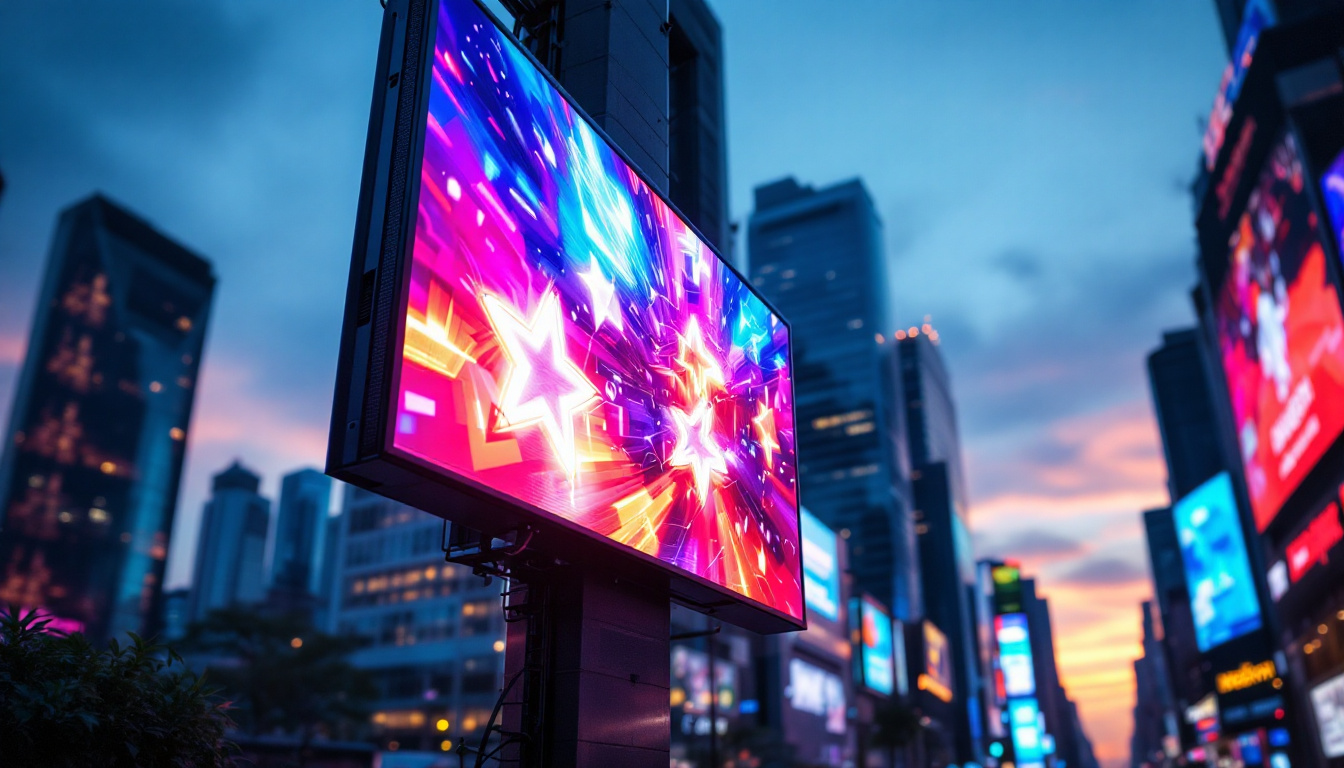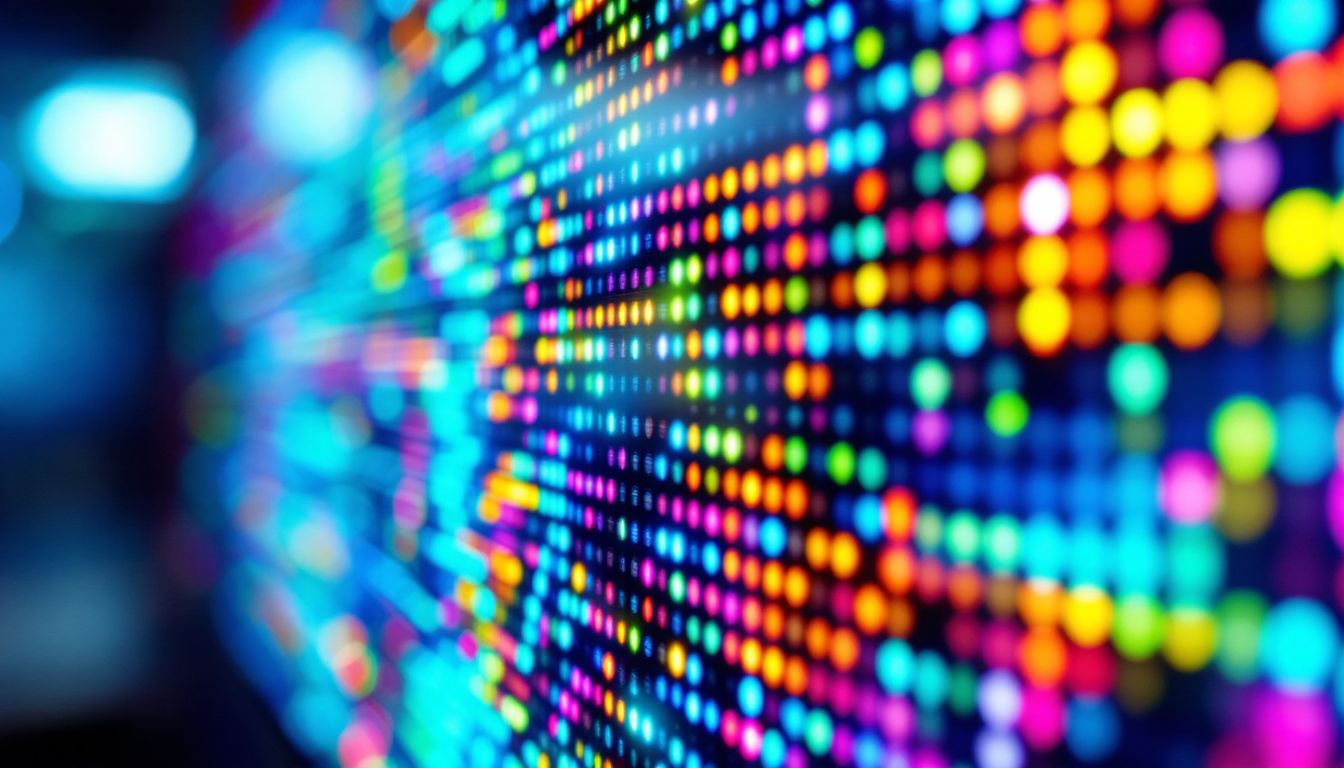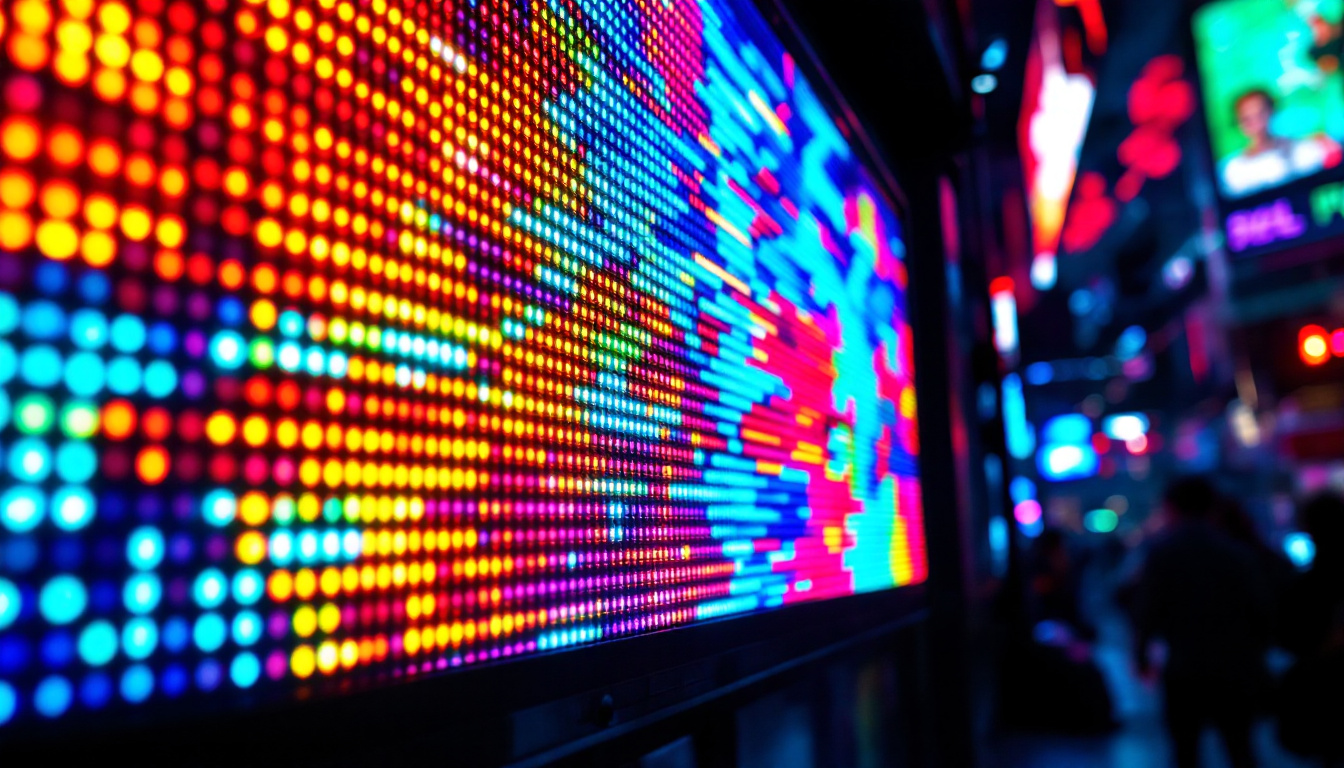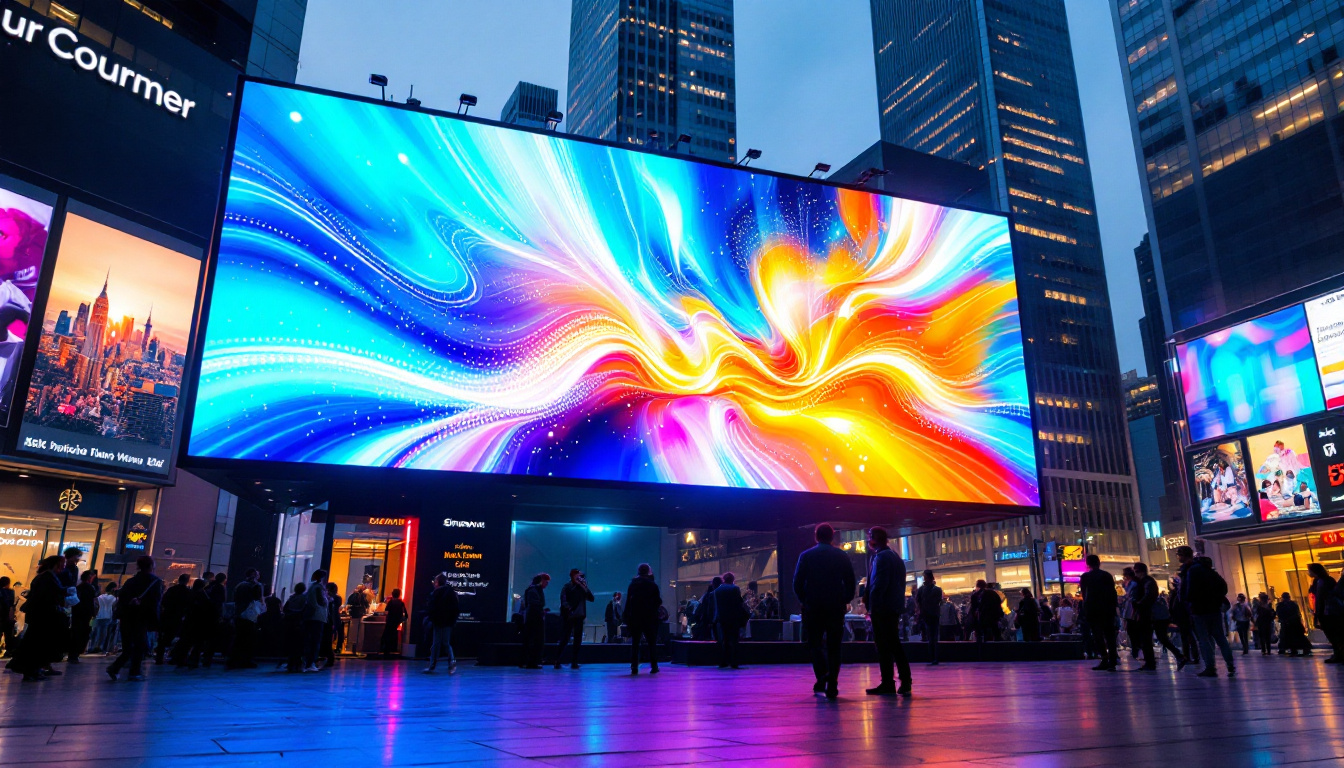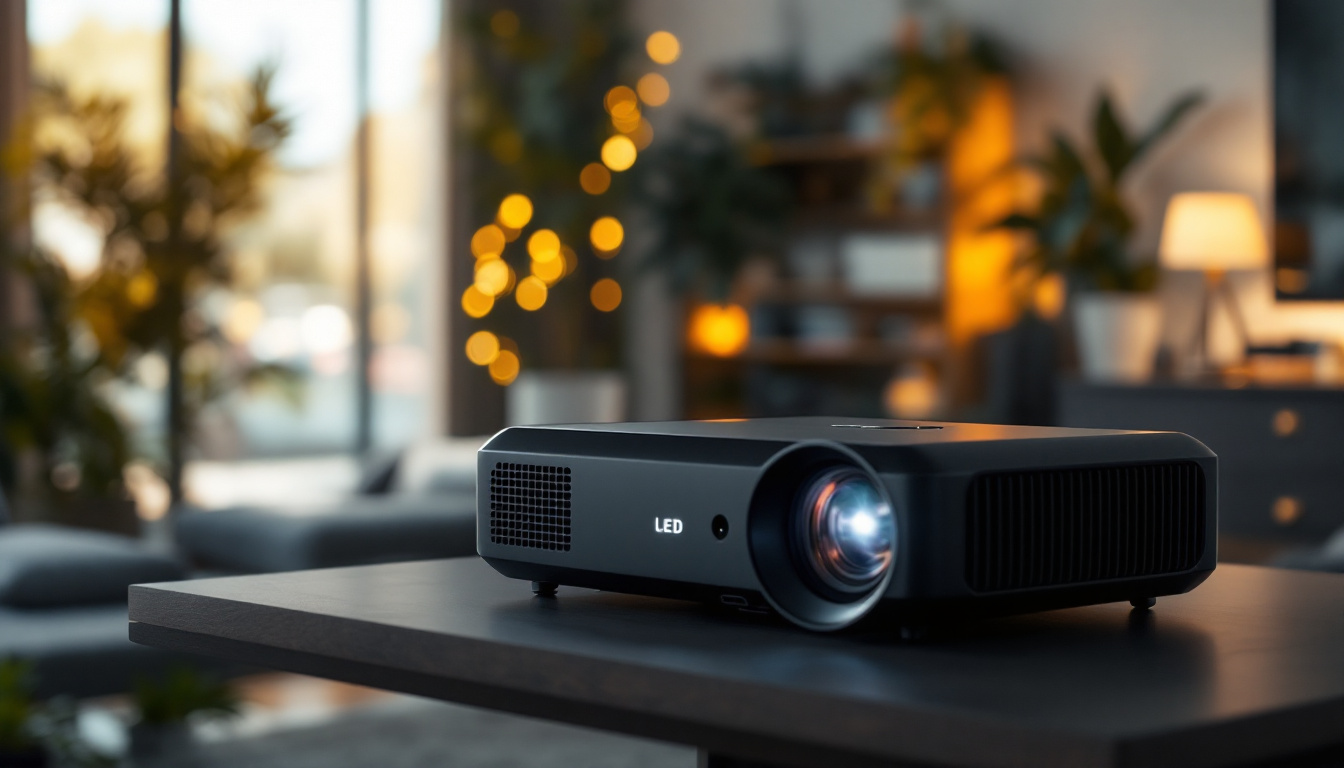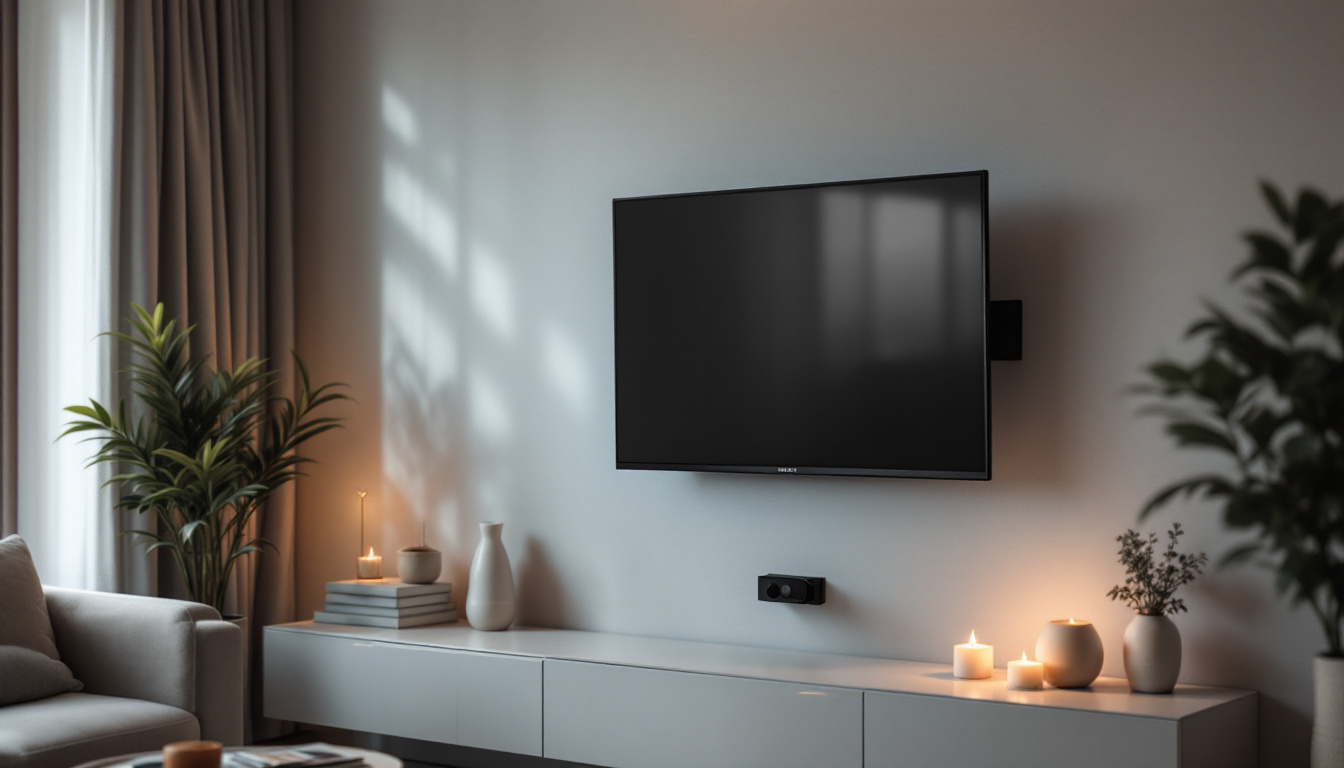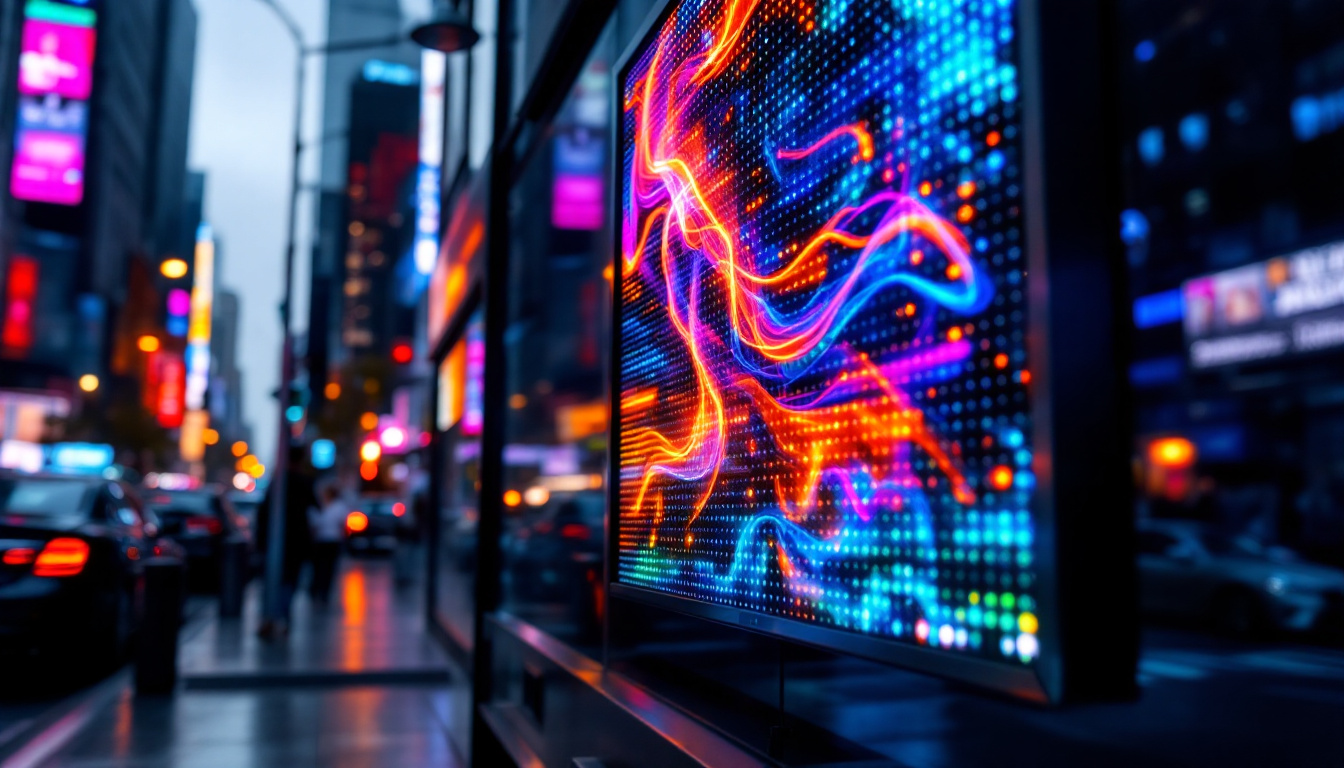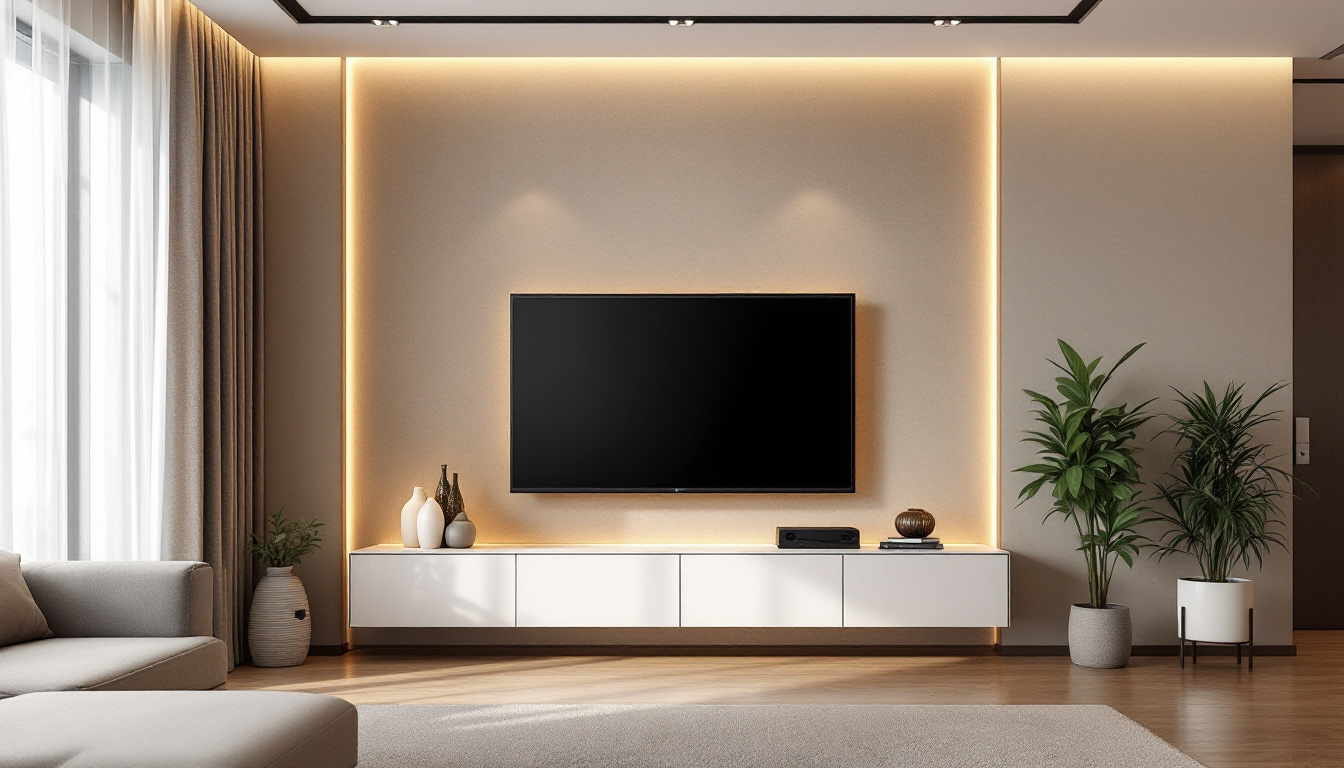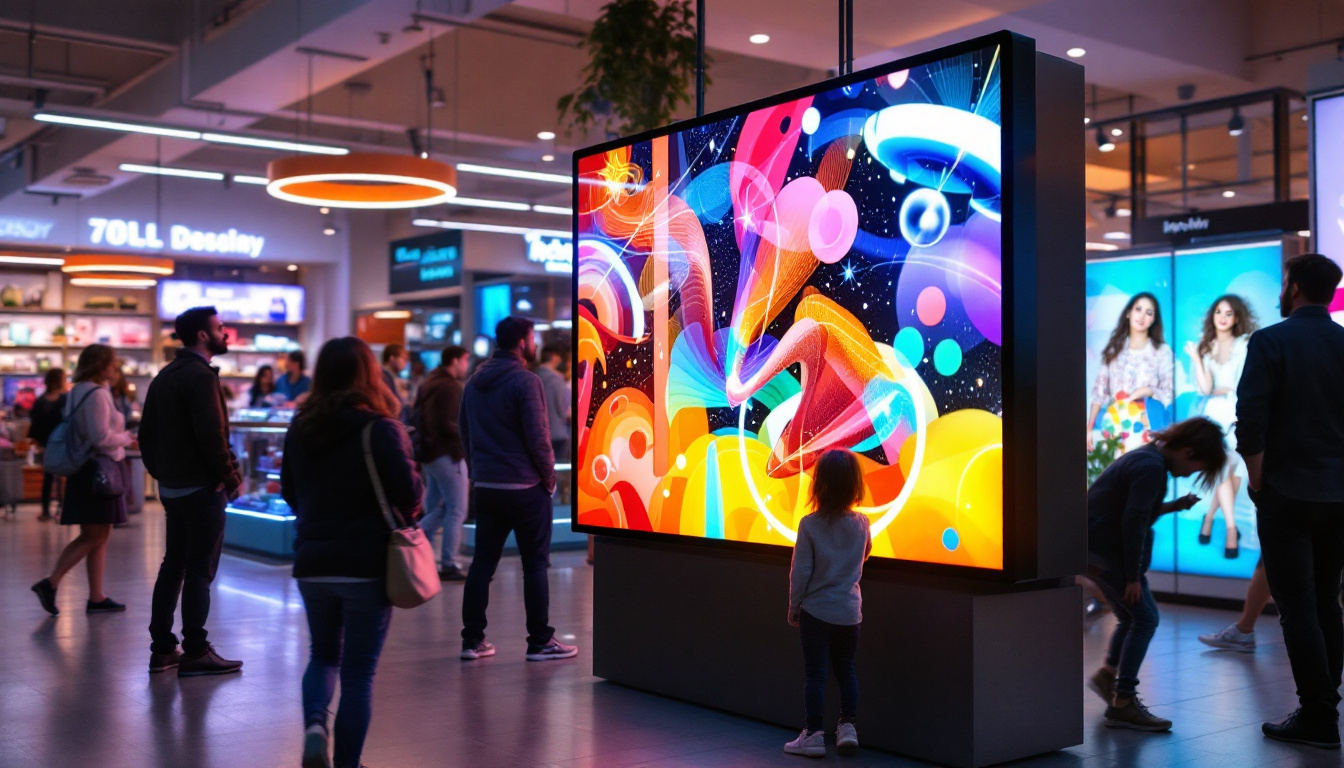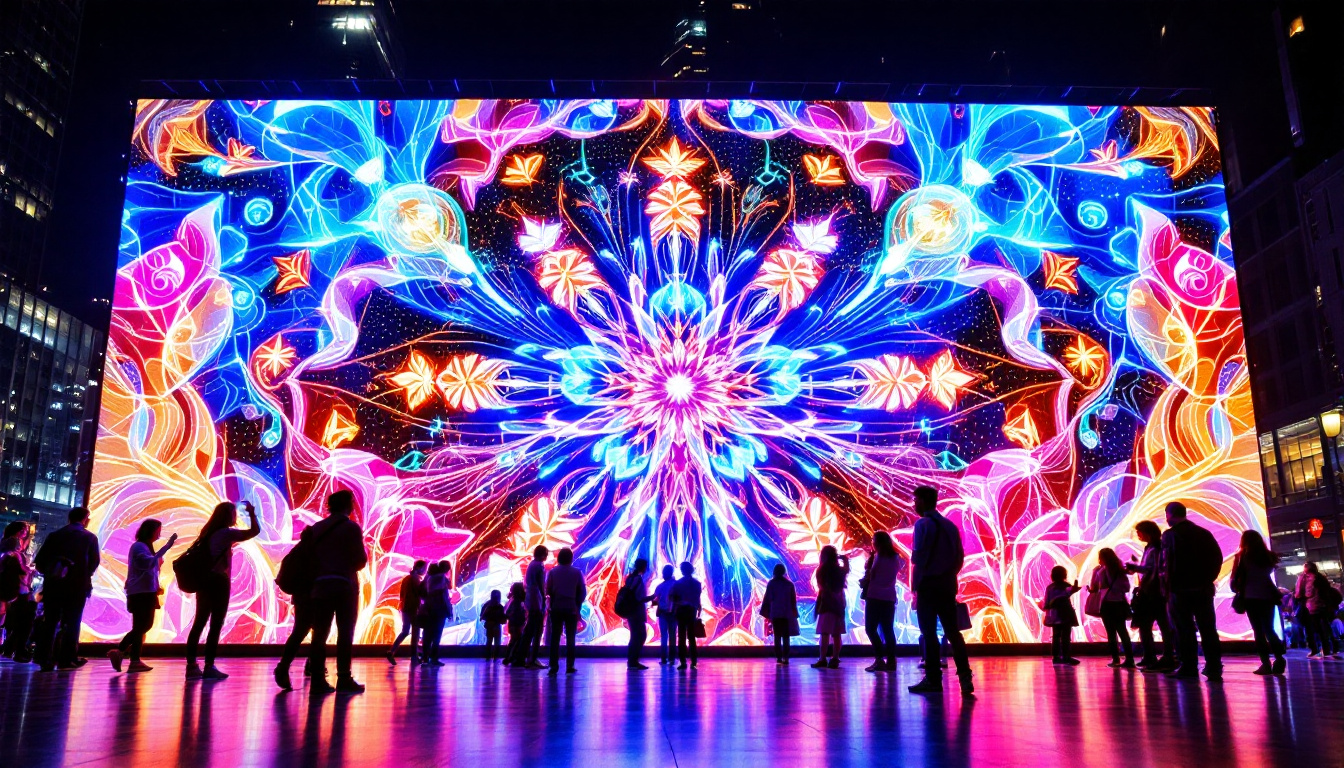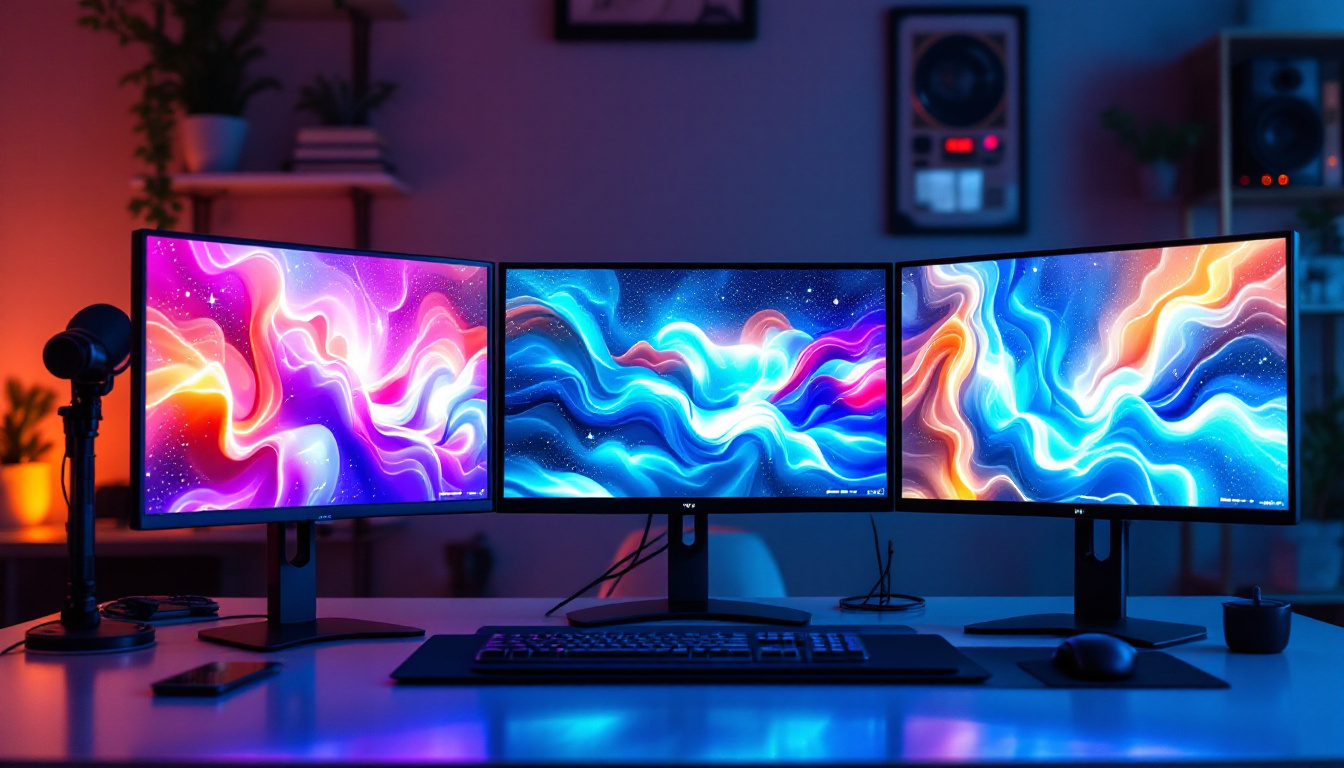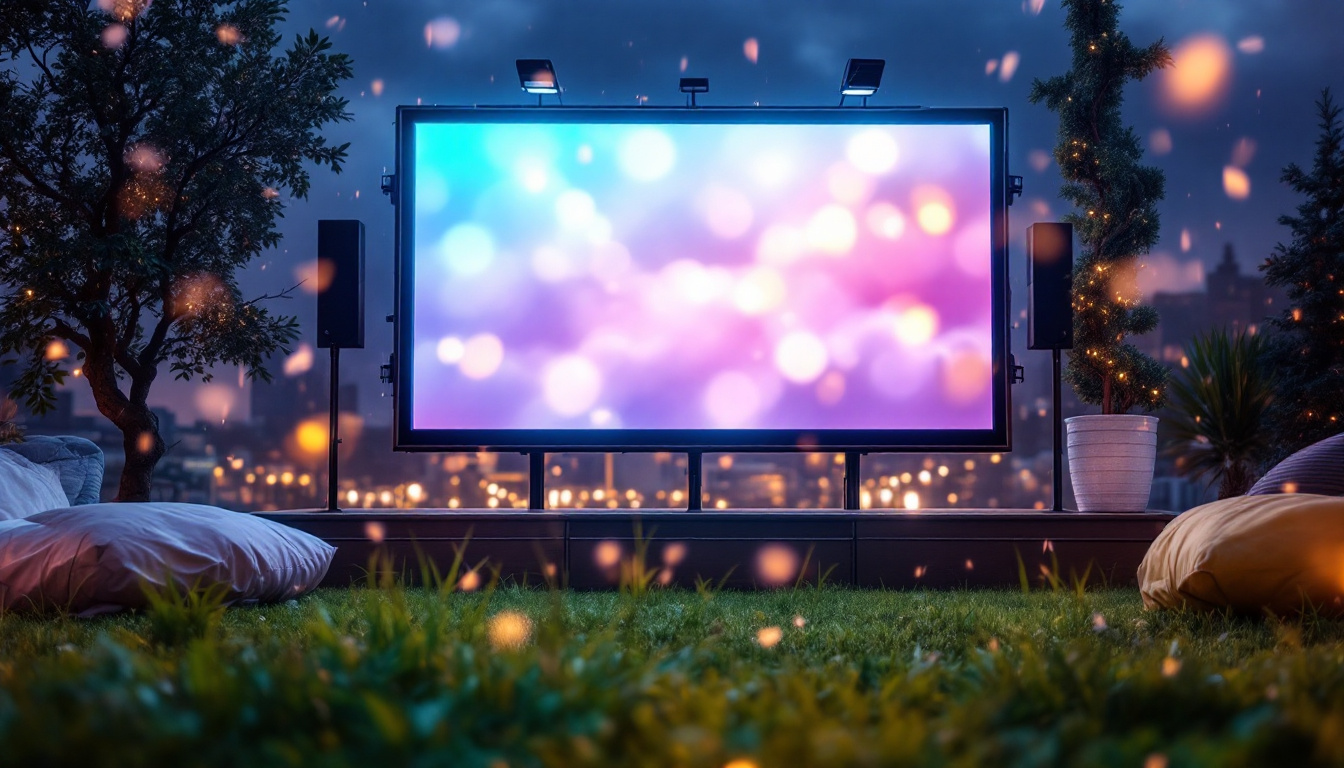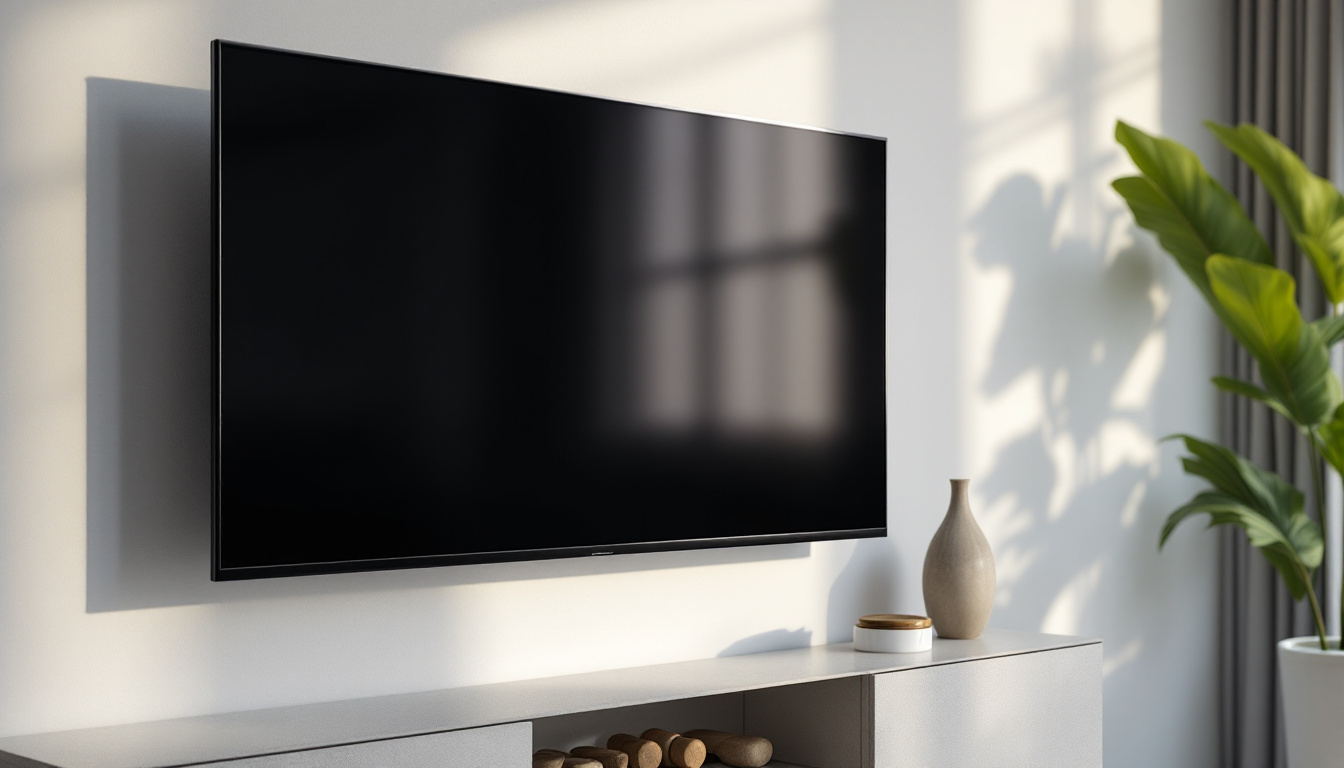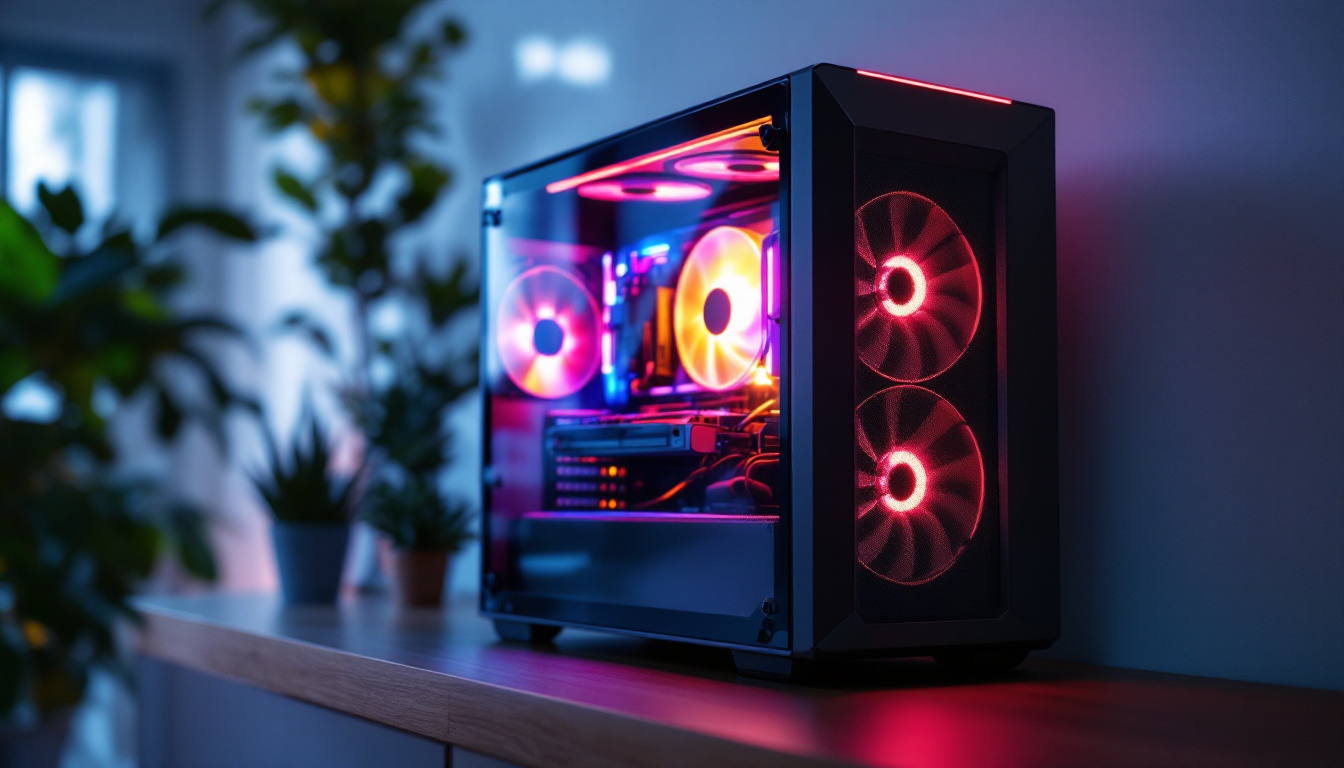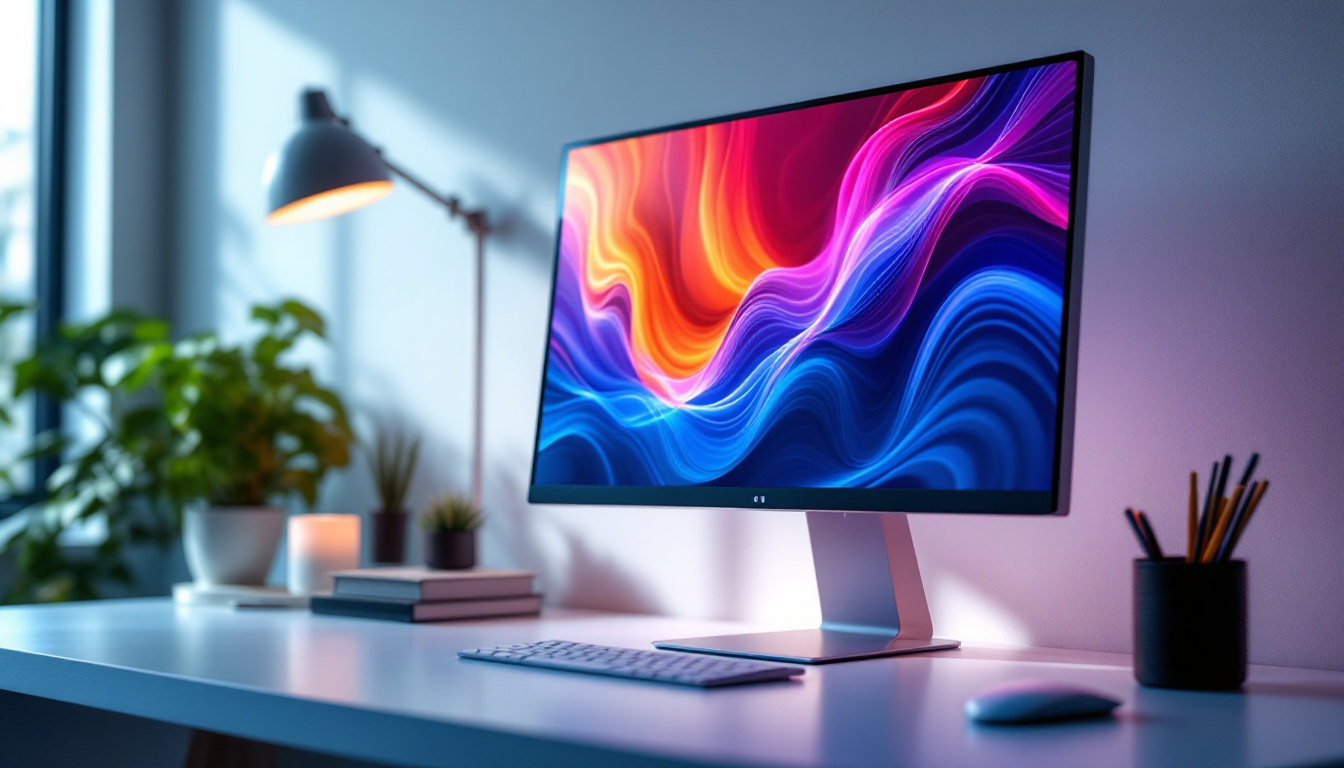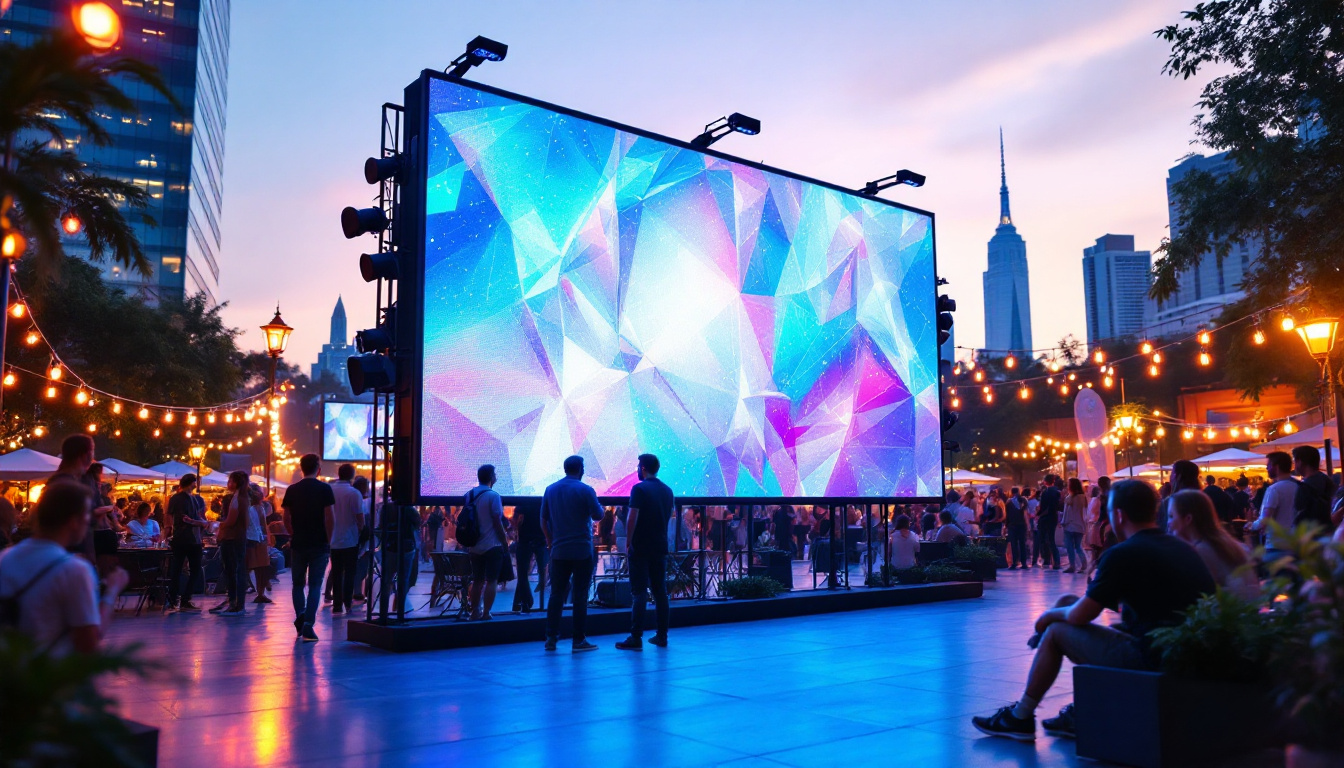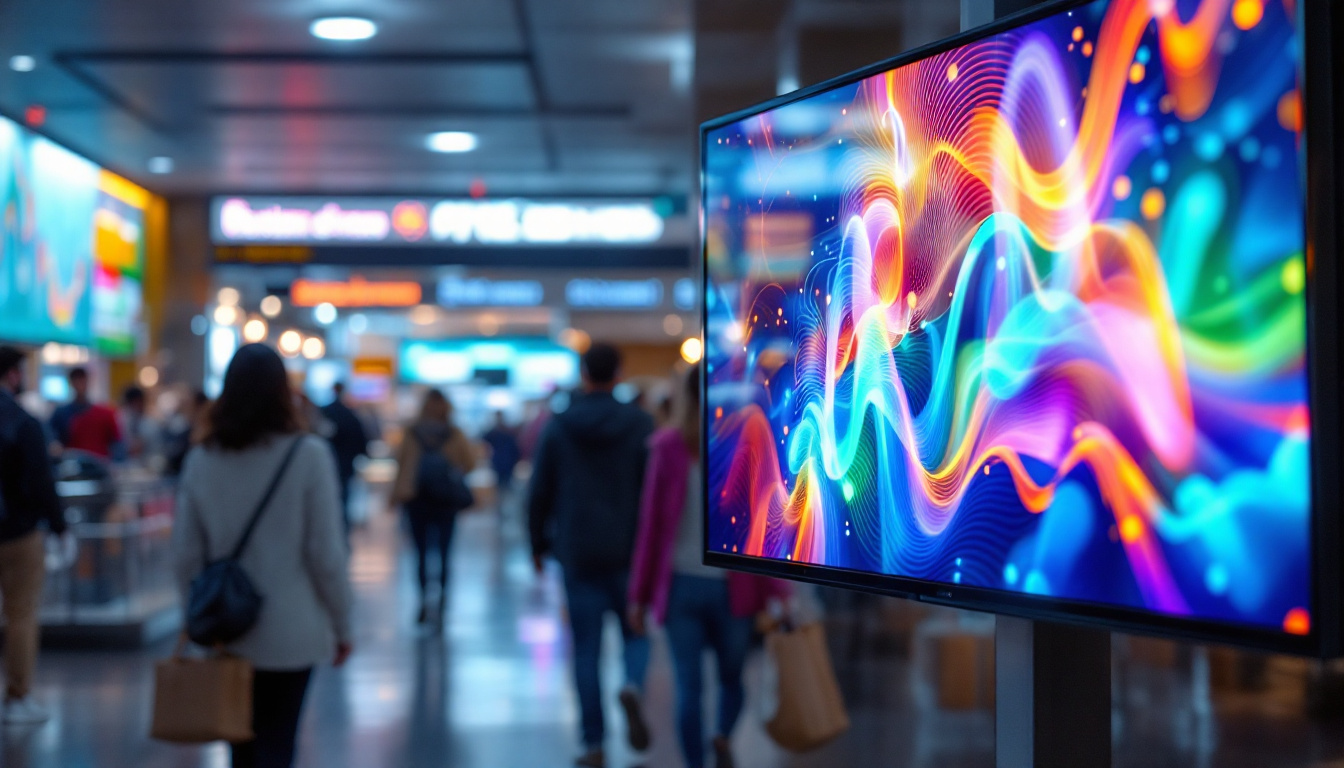In the realm of display technology, particularly with LED screens, the terms “refresh” and “smart refresh” often surface in discussions about performance and image quality. Understanding the nuances between these two concepts is essential for consumers and professionals alike, as it can significantly influence the viewing experience. This article delves into the intricacies of refresh rates and the innovative approach of smart refresh technology, providing clarity on their differences and implications.
Understanding Refresh Rates
Refresh rate, measured in hertz (Hz), refers to the number of times a display updates its image per second. For example, a refresh rate of 60 Hz means the screen refreshes 60 times in one second. This metric is crucial as it directly affects how smooth motion appears on the screen. Higher refresh rates can lead to a more fluid visual experience, especially in fast-paced content like gaming or sports.
Impact on Visual Experience
The refresh rate plays a pivotal role in how viewers perceive motion. A higher refresh rate minimizes motion blur and ghosting, making fast-moving scenes appear clearer. For instance, a 120 Hz display can provide a smoother experience compared to a 60 Hz display, particularly noticeable during rapid action sequences. This is why many gamers and professionals in video production prefer displays with higher refresh rates. Furthermore, the benefits of higher refresh rates extend beyond just gaming; they also enhance the viewing experience for action-packed movies and sports broadcasts, where every frame counts in delivering an immersive experience.
Standard Refresh Rates
Most modern displays come with standard refresh rates of 60 Hz, 120 Hz, or even 240 Hz. While 60 Hz is adequate for everyday tasks such as browsing and watching videos, higher refresh rates are becoming increasingly popular in gaming and professional environments. Displays with refresh rates of 144 Hz and above are now common in gaming monitors, providing a competitive edge by delivering smoother visuals. Moreover, the advent of technologies like variable refresh rate (VRR) and adaptive sync has further enhanced the viewing experience by reducing screen tearing and stuttering, allowing for a more seamless interaction between the hardware and the display.
Choosing the Right Refresh Rate
When selecting a display, it’s essential to consider the intended use. For casual users who primarily engage in web browsing or streaming, a 60 Hz monitor may suffice. However, for gamers or those involved in high-speed video editing, opting for a monitor with a refresh rate of 144 Hz or higher can significantly enhance performance. Additionally, the graphics card’s capabilities should also be taken into account, as it must be able to output frames at a rate that matches or exceeds the monitor’s refresh rate to fully utilize its potential. This synergy between the display and the graphics hardware is vital for achieving the best possible visual experience.
What is Smart Refresh?
Smart refresh technology represents a significant advancement in display performance, aiming to optimize the refresh rate based on the content being displayed. Unlike standard refresh rates that operate at a fixed frequency, smart refresh dynamically adjusts the refresh rate to match the frame rate of the content. This results in a more efficient use of resources and can enhance the overall viewing experience.
Dynamic Adjustment
The core feature of smart refresh is its ability to adapt. For instance, when watching a movie with a lower frame rate, the display can reduce its refresh rate to conserve energy and reduce wear on the components. Conversely, during fast-paced gaming, the refresh rate can increase to ensure smooth performance. This adaptability not only enhances the viewing experience but also contributes to energy efficiency, making it an appealing option for environmentally conscious consumers. Furthermore, this technology can seamlessly integrate with various content types, whether it be streaming videos, playing video games, or even scrolling through social media feeds, ensuring that users always receive the best possible visual experience tailored to their specific activity.
Benefits of Smart Refresh
Smart refresh technology offers several advantages over traditional refresh rates. First and foremost, it improves the overall image quality by reducing artifacts such as tearing and stuttering, which can occur when the display’s refresh rate does not align with the content’s frame rate. Additionally, this technology can lead to lower power consumption, which is particularly beneficial for portable devices like laptops and smartphones. The reduction in power usage not only extends battery life but also minimizes heat generation, allowing devices to operate more efficiently and comfortably over extended periods. Moreover, as manufacturers continue to innovate, smart refresh technology is becoming more accessible across a wider range of devices, from high-end gaming monitors to everyday televisions, making it a staple feature in modern display technology.
Comparing Refresh and Smart Refresh
While both refresh and smart refresh are integral to display technology, they serve different purposes and have distinct implications for users. Understanding these differences can help consumers make informed decisions when selecting displays for various applications.
Performance
Standard refresh rates provide a consistent experience but can lead to inefficiencies. For example, a 60 Hz display will continue to refresh at that rate regardless of whether the content requires it. In contrast, smart refresh optimizes performance by adjusting the refresh rate based on the content, leading to smoother visuals and better resource management. This adaptability is particularly beneficial in gaming and video playback, where frame rates can fluctuate significantly. By synchronizing the refresh rate with the actual frame rate of the content, smart refresh minimizes screen tearing and stuttering, resulting in a more immersive viewing experience.
Energy Efficiency
Energy consumption is another area where smart refresh shines. Traditional displays can consume more power than necessary, especially when displaying content that does not require a high refresh rate. Smart refresh technology mitigates this issue by lowering the refresh rate during less demanding tasks, ultimately saving energy and extending the lifespan of the display. Additionally, this energy efficiency can contribute to lower electricity bills over time, making smart refresh not only an environmentally friendly option but also a cost-effective one. As consumers become increasingly aware of their carbon footprint, the appeal of energy-efficient technologies like smart refresh continues to grow, aligning with a broader trend towards sustainability in technology.
Applications of Refresh and Smart Refresh
The applications of refresh and smart refresh technologies vary widely, influencing the choice of displays for different contexts. Understanding these applications can guide consumers in selecting the right technology for their needs.
Gaming
In the gaming world, refresh rates are critical. Gamers often seek monitors with high refresh rates, such as 144 Hz or 240 Hz, to gain a competitive advantage. These displays provide smoother motion and reduce input lag, enhancing the gaming experience. Smart refresh can further optimize this experience by adjusting the refresh rate based on the game’s frame rate, ensuring that gamers enjoy the best possible visuals without unnecessary power consumption. Additionally, technologies like G-Sync and FreeSync work in tandem with high refresh rates to eliminate screen tearing, providing a seamless experience that is crucial for fast-paced gaming. This combination of high refresh rates and adaptive synchronization technologies allows gamers to immerse themselves fully in their virtual worlds, making every frame count in competitive scenarios.
Professional Use
For professionals in fields such as video editing and graphic design, the choice of refresh rate can impact productivity and accuracy. High refresh rates are beneficial for tasks that involve fast-moving visuals, while smart refresh technology can help maintain color accuracy and reduce artifacts during playback. This adaptability can be particularly advantageous when working with varying frame rates in video projects. Furthermore, professionals often rely on displays that support a wide color gamut and high dynamic range (HDR), which, when combined with optimal refresh rates, can significantly enhance the quality of their work. The ability to preview edits in real-time with minimal latency allows for a more intuitive workflow, enabling creators to focus on their artistic vision rather than technical limitations.
Everyday Use
For general consumers, the choice between standard refresh and smart refresh may depend on usage patterns. While a 60 Hz display may suffice for browsing and streaming, those who frequently watch sports or play games may benefit from higher refresh rates. Smart refresh technology can enhance the viewing experience by providing smooth playback while conserving energy during less demanding tasks. Additionally, as streaming services increasingly offer content in higher frame rates and resolutions, having a display that can adapt to these changes becomes essential. This not only improves the viewing experience but also future-proofs the investment, ensuring that consumers can enjoy the latest advancements in video technology without needing to upgrade their hardware frequently. As a result, understanding refresh rates and smart refresh capabilities can empower consumers to make informed choices that align with their entertainment preferences and lifestyle needs.
Future Trends in Display Technology
The landscape of display technology is continually evolving, with advancements in refresh rates and smart refresh techniques leading the way. As consumers demand higher quality visuals and more efficient devices, manufacturers are responding with innovative solutions.
Higher Refresh Rates
As technology progresses, higher refresh rates are becoming more commonplace. Displays with refresh rates of 240 Hz and beyond are now available, catering to the needs of gamers and professionals alike. This trend is likely to continue, with future displays pushing the boundaries of refresh rates to deliver even smoother visuals.
Integration of AI
Artificial intelligence is poised to play a significant role in the future of smart refresh technology. By analyzing content in real-time, AI algorithms can optimize refresh rates more effectively, ensuring that displays adapt seamlessly to varying frame rates. This could lead to even greater improvements in image quality and energy efficiency.
Conclusion
In summary, understanding the difference between refresh and smart refresh is essential for anyone looking to invest in display technology. While traditional refresh rates provide a consistent experience, smart refresh technology offers dynamic adjustments that enhance performance and energy efficiency. As technology continues to advance, consumers can expect even more innovations that will further improve the viewing experience.
Whether for gaming, professional use, or everyday tasks, the choice between these two technologies can significantly impact the overall satisfaction with a display. As the industry evolves, staying informed about these advancements will empower consumers to make the best decisions for their needs.
Explore Cutting-Edge LED Displays with LumenMatrix
Ready to experience the ultimate in display technology? Dive into the world of LumenMatrix, where innovation meets visual brilliance. Our extensive range of LED display solutions, from Indoor and Outdoor LED Walls to specialized LED Sports and Floor Displays, is designed to transform your visual communication and captivate your audience. Embrace the future with our Smart Refresh technology that ensures your message is not just seen, but truly experienced. Check out LumenMatrix LED Display Solutions today and see the difference for yourself!

